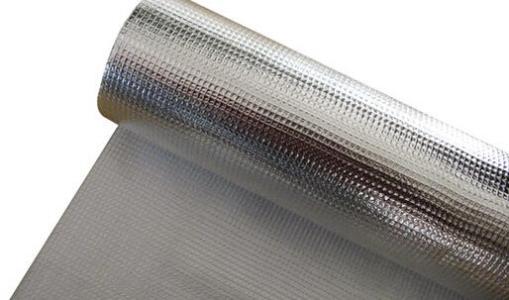After debate, there is now(at the beginning of the 21st century) a consensus on the magnetic core, that is, it is considered to be a soft magnetic composite material. Soft magnetic composites are formed by evenly dispersing magnetic particles in non-magnetic materials. Compared with traditional metal soft magnetic alloys and ferrite materials, it has many unique advantages: magnetic metal particles are dispersed in non-conductor objects, which can reduce high-frequency Eddy current losses and increase the application frequency; It can be processed into powder cores by thermal pressure method, or plastic engineering technology can be used to mold complex shapes of magnets. It has the advantages of low density, light weight, high production efficiency, low cost, good product repeatability and consistency. The disadvantage is that due to the separation of magnetic particles from non-magnetic bodies and the separation of magnetic circuits, the permeability is now(early 21st century) generally within 100. However, the use of nanotechnology and other measures has been reported abroad with a magnetic conductivity of more than 1,000, up to 6,000.

The permeability of soft magnetic composites is affected by many factors, such as the composition of magnetic particles, the shape of particles, size, and filling density. Therefore, adjustments can be made according to the frequency of work.
The magnetic core is a typical example of a soft magnetic composite material. Now(early 21st century) has replaced some soft magnet oxygen bodies in inductors ranging from 20 kHz to 100 kHz or even 1 MHz. For example, ferrosilicon aluminum magnetic core, Silicon content of 8.8 %, aluminum 5.76 %, the remaining iron. The particle size is 90 to 45 μm, 45 to 32 μm and 32 to 30 μm. Using silicone as a adhesive, about 1 % of stearic acid as a lubricant, at the pressure of 2t/cm2, a 13 × 8 × 5 ring core was made, and 673 ° K, 773 ° K, and 873 ° K were used in hydrogen. Annealed to make the permeability reach 100, 300, 600. Low loss at 100kHz has replaced soft magnet oxygen and MPP magnetic core for inductors.
Some people have developed and studied the magnetic core, a soft magnetic composite, for the inductor of high-power power power supply. At below 20 kHz, the permeability is basically unchanged. At 1.0 T, the permeability is about 100. The loss of 50Hz to 20kHz is small, and it can be made into a large magnetic core with a weight of more than 100kg. In the audio range of 20kHz, the noise is reduced by 10dB compared to the ring ferrite core. Silicon steel and soft magnet oxygen bodies can be replaced in high-power power power supplies.
Some people use cobalt / silicon dioxide(Co/SiO2) nanocomposite soft magnetic materials to make large magnetic cores that are different from thin films. The average size of cobalt particles is 30 μm, and the filling degree is 40 % to 90 %. After stirring, annealing forms the Co/SiO2 nanometer composite powder, which is then pressed into a circular core. The permeability is below 300MHz and can reach 16. Nickel zinc ferrite has a magnetic conductivity of 12 and rapidly decreases after 100 MHz. It is proved that under high frequency and ultra-high frequency, soft magnetic composites can also replace some ferrite markets.

